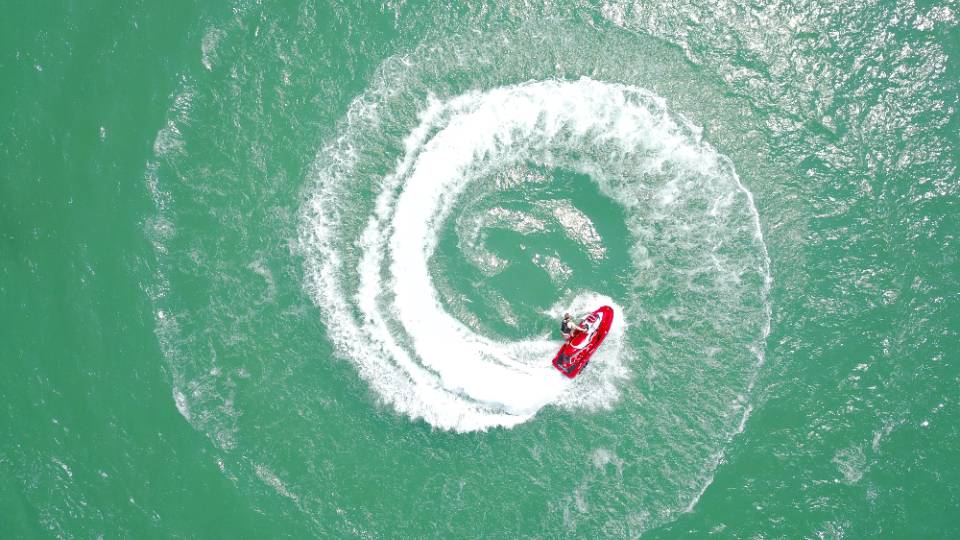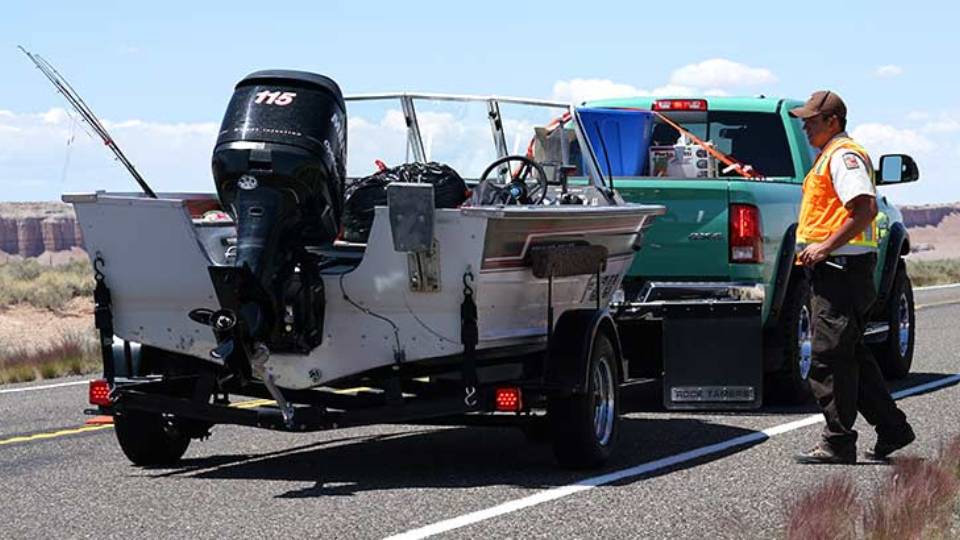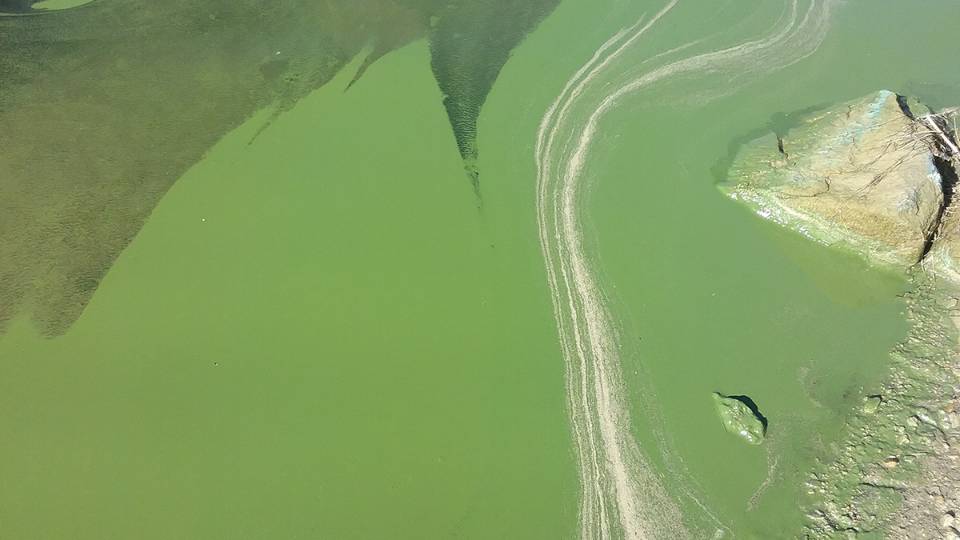Water Quality and Fish Growth

Many different factors affect water quality, including pollution from heavy metals, microplastics, and more. These pollutants accumulate in the tissues and organs of fish []. In turn, these pollutants expose humans through their consumption of fish.
Consumption Safety
Generally, the fish you catch is safe to eat as long as proper cleaning and cooking procedures are followed. Before you fish in a body of water, check for fishing advisories, high heavy metal advisories, and harmful algal bloom advisories. Pregnant women should monitor their fish intake, as they are particularly susceptible.Proper fish cleaning includes [2]:
- Cleaning and dressing the fish as soon as possible
- Filleting fish and cutting away the fat and skin before cooking
- Removing and throwing away the head, guts, kidneys, and liver. This is especially important if the fish was caught in HAB infested water, as cyanotoxins accumulate in these organs.
- Letting the fat drain away when cooking- fish fat stores chemicals.
Pollutant Impacts
Four pollutants affecting fish are heavy metals, PFCs, microplastics, and pharmaceuticals []. Fish are typically the top consumers of an aquatic ecosystem, making them impacted the most out of aquatic organisms.Some negative impacts of these pollutants include:
- Obstruction of the digestive tract, leading to malnutrition and starvation
- Weakened immune system
- Tissue and organ damage
- Growth defects
- Reduced reproductive capacity
- Abnormal swimming behavior
- Respiratory disorder
- Death
Advisory Information
If you are concerned about your local water body being safe to fish in, check the Utah Division of Environmental Quality fish advisories found at deq.utah.gov/fish-advisories. You can also call your local health department, and ask about fishing advisories at places where fishing licenses are sold. Always look for posted warnings when you reach your chosen site.
References
[1] Garai, P., Banerjee, P., Mondal, P., Mahavidyalaya, N., & Arambagh, H. (2021). Effect of heavy metals on fishes: Toxicity and bioaccumulation. Journal of Clinical Toxicology, 11(S18). https://www.researchgate.net/publication/353848075_Effect_of_Heavy_Metals_on_Fishes_Toxicity_and_Bioaccumulation[2] Office of Science and Technology. (2014). Should I eat the fish I catch? A guide to healthy eating of the fish you catch (EPA 823-F-14-002). Environmental Protection Agency. https://www.epa.gov/sites/default/files/2015-07/documents/english_updated_fishbrochure.pdf
[3] Ojemaye, C. Y., & Petrik, L. (2019). Occurrences, levels and risk assessment studies of emerging pollutants (pharmaceuticals, perfluoroalkyl and endocrine disrupting compounds) in fish samples from Kalk Bay harbour, South Africa. Environmental Pollution, 252, Part A, 562–572. https://doi.org/10.1016/j.envpol.2019.05.091
[4] Sequeira, I. F., Prata, J. C., da Costa, J. P., Duarte, A. C., & Rocha-Santos, T. (2020). Worldwide contamination of fish with microplastics: A brief global overview. Marine Pollution Bulletin, 160, 111681. https://doi.org/10.1016/j.marpolbul.2020.111681
Authors
Erin Rivers, Water Quality Extension Specialist; Abby Barton, Intern
Related Research





